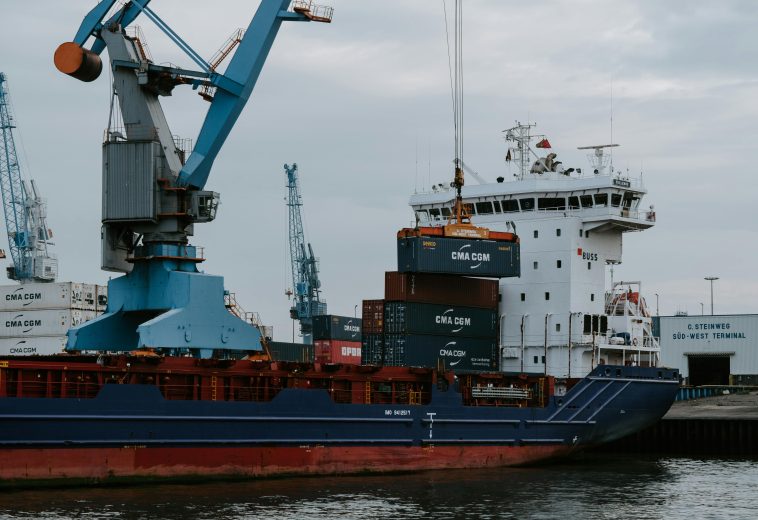Social welfare has reemerged as a crucial instrument in global efforts to reduce poverty, address inequality and foster inclusive development. From the Nordic countries’ comprehensive welfare systems to the United States’ targeted assistance programmes, nations worldwide have tailored social safety nets to their unique socio-economic landscapes. However, Africa’s approach to social welfare has often been influenced by external models, prompting ongoing debates about their effectiveness and sustainability.
The world has reached a notable milestone: for the first time, over half of the global population—52.4%—now benefits from at least one form of social protection. Yet a concerning 47.6% remain without any coverage, leaving nearly half the world unprotected and vulnerable.
READ ALSO: AfDB Steps-up Efforts to fund Social Welfare Programme in Africa
Social protection spending globally has reached significant levels. According to the International Labour Organization’s World Social Protection Report 2024–26, countries allocated an average of 12.9% of GDP to social protection (excluding healthcare) in 2023, with a further 6.5% directed toward healthcare—totalling 19.3% of GDP. High-income countries devoted approximately 25% of GDP to social protection, while low-income countries allocated just 0.8% for income guarantees and 1.2% for healthcare.
In Africa, this disparity is particularly evident. For example, South Africa allocated 51% of its consolidated public spending to the ‘social wage’ in 2024, which includes education, healthcare and social protection. This translated to R266.21 billion—approximately 3.6% of GDP—on social grants alone. In contrast, Nigeria earmarked only 2% of its 2024 budget—N534 billion out of N27.5 trillion—towards poverty reduction and social development, significantly below the World Bank’s recommended N3.7 trillion annual spend required to eliminate poverty. Donor support remains critical: in 2024, the World Bank approved a $2.25 billion loan for Nigeria, of which $750 million was designated for the Accelerating Resource Mobilisation Reforms (ARMOR) Programme-for-Results. Similarly, Zambia received a $200 million grant from the World Bank to support its Social Cash Transfer programme, which benefits around 8.5 million people—40% of its population.
Global Perspectives on Social Welfare
Globally, welfare systems reflect varying historical, cultural and economic contexts. Scandinavian countries like Sweden and Norway have developed models characterised by universal coverage, high taxation and comprehensive services—resulting in low poverty levels and high social mobility. In contrast, the United States adopts a more targeted approach, providing support to specific vulnerable groups through initiatives such as Medicaid and the Supplemental Nutrition Assistance Program (SNAP). While these models have shown that structured welfare can significantly reduce poverty and inequality, their applicability in African contexts remains contentious, given the continent’s distinct challenges and opportunities.
The African Context: Challenges and Opportunities
Africa faces a complex mix of challenges that hinder the implementation of effective welfare systems. High levels of informal employment, limited fiscal space and inadequate infrastructure all affect the reach and efficiency of social programmes. Additionally, Africa’s cultural diversity necessitates bespoke approaches that align with local customs and values.
Despite these obstacles, a growing consensus is emerging on the importance of social welfare for inclusive development. Several African countries have launched innovative programmes to tackle poverty and vulnerability, offering promising case studies for context-specific welfare systems.
Indigenous Approaches to Social Welfare
South Africa has one of the most extensive social welfare systems on the continent. As of 2024, over 24 million people receive some form of social grant. Initiatives such as the Child Support Grant and the Old Age Pension have had measurable impacts on poverty reduction and improvements in health and education. The government’s recent proposal to introduce a Universal Basic Income (UBI) reflects a willingness to expand social protection, though concerns around fiscal sustainability remain.
Kenya is pioneering UBI through a pilot project managed by the non-profit organisation GiveDirectly. Since 2018, over 20,000 rural participants have received regular cash transfers, resulting in increased food security, mental well-being and household savings. The programme’s success has sparked interest in its potential scalability across the continent.
In Nigeria, the National Social Investment Programme—launched in 2015—includes N-Power, Conditional Cash Transfers and the Home Grown School Feeding Programme. These initiatives aim to empower youth, support vulnerable households and enhance food security. While millions have benefited, persistent issues with funding, coordination and transparency continue to limit impact.
Historically, Tanzania’s Ujamaa policy, rooted in African socialism during the 1960s and ’70s, promoted collective welfare through villagisation and communal farming. Although it faced economic headwinds, the policy resulted in notable gains in literacy, life expectancy and primary school enrolment. Ujamaa remains a significant example of an indigenous approach to welfare.
Towards Indigenous Social Welfare Models
The experiences of countries like South Africa, Kenya and Tanzania highlight the viability of welfare models rooted in African contexts. Programmes must be aligned with local values and practices to ensure community engagement and long-term sustainability. Fiscal realities must be considered, necessitating innovative financing mechanisms, including public-private partnerships and donor alignment.
Effective targeting is essential to ensure that support reaches the most vulnerable, while broader integration with national development plans will enhance the coherence and durability of welfare strategies.
Africa stands at a pivotal juncture in its approach to social welfare. While global models offer valuable insights, the continent’s unique socio-economic landscape calls for home-grown, culturally grounded solutions. By adopting context-sensitive, fiscally responsible and inclusive approaches, African nations can build welfare systems that not only reduce poverty, but also promote social cohesion and sustainable development.




